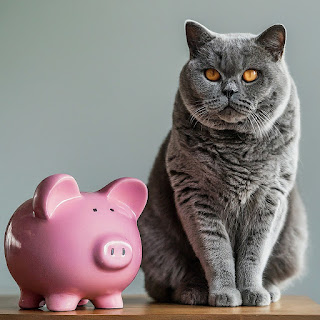Topics Discussed:
-Recovery of Hong Kong market and how it affects my option income portfolio
-Teaser post on Cordlife
S&P 500 (ytd): 9.3%
STI: 2.35%
Tracker Fund: 1.09%
My portfolio: 17.3%
Portfolio upsurge was contributed by the surge in OKP's share price, which stands at currently 40% of entire equities portfolio size. Clifford Modern Living announced a special dividend which brought the share price modestly. At this writing, it has already gone ex-dividend.
Other notable transactions made:
1) Complete divestment of very small holdings in Fraser's Hospitality Trust.
2) Purchase and increase of Cordlife; more on this later.
3) Huge increase in Clifford Modern Living, as detailed in the earlier post, "The Maths of CML"
***
Recovery in the HK Market and its effect on my option income portfolio
Not long after my remarks that option income strategies are far inferior to directional ones, the market decided that it is time for an upturn and the Hong Kong market staged a recovery of sorts.
Of the few stocks that I have interest on, and their last month performance, as follows:
1) Anta Sports (+9.7%)
Anta Sports was a very good opportunity missed. It was languishing around the low 70s and even 60s. Valuation at 70 was very good-- its current back-of-the-envelope valuation as follows:
Cash + short term investments: 36b RMB
Long term fixed deposits: 11.8b RMB
Debts (of all maturities): ~15b
Net Cash of 32.8b RMB, or 36.18
Earnings: 11.7b this year, 8.9b last. Give or take 10b, which is about 11b HKD
Market Cap: 253b HKD,
it was 200b HKD if its share price was 70 HKD
Market Cap less net cash: 217b HKD
that would be 164b HKD if its share price was 70 HKD
Given the rough earnings of 11b HKD, it is not very high price to pay about 15-16 times multiple for this kind of growth company. Anta is a owner-operator, so management motivation should not be a concern..
Unfortunately, opportunity loss. I was too concern with selling puts and selling calls, and I have a limited net asset value to maintain.
So I only have 400 shares of Anta Sports. I was quite bullish, even to to the point of selling in-the-money puts on Anta. They have since expire worthless.
2) Hong Kong Exchange (up 9.3%)
I do not think HKEX was cheap pre-recovery, so I wasn't too sore about this.
3) Link REIT (recovered 9% since 19-Apr).
Link has been quite volatile these days. Pre-recovery, I am looking at a loss of 25% on 1000 shares of Link, which means I could no longer sell calls without making a loss.
4) Tencent (up 15%)
Unfortunately, I am out of Tencent as they are called away. My opinion on the valuation of Tencent is not too dissimilar from HKEX's. It is not dirt cheap but it still feels like an opportunity missed.
5) Alibaba (up 9.5%)
My positions are still way underwater for this recovery to be meaningful.
On the whole, I count myself lucky that I covered the sold-calls on my Tracker Fund before the uptick. There is now a modest capital gain (my avg price is 17 HKD). I have sold calls at 18.5 till end of May, which net me a small premium of 0.275 per contract. That is a yield of (0.275/17) 1.6% for 1 month.
Assuming the HSI does have further legs upwards, I would use the funds on Cordlife, or to adopt a directional strategy on Hong Kong (using synthetics), or to sell put spreads, or even migrate over to America if there is a selldown.
***
Cordlife is a very interesting opportunity, which I would try to expound on in the next post. Its troubles began way before Nov-2023, the day where MOH began their investigation on the tanks. As I leafed through the annual reports for the last ten years, I think this is a pretty good opportunity. More later.




.jpg)
.jpg)
.jpeg)
.jpg)
.jpg)












